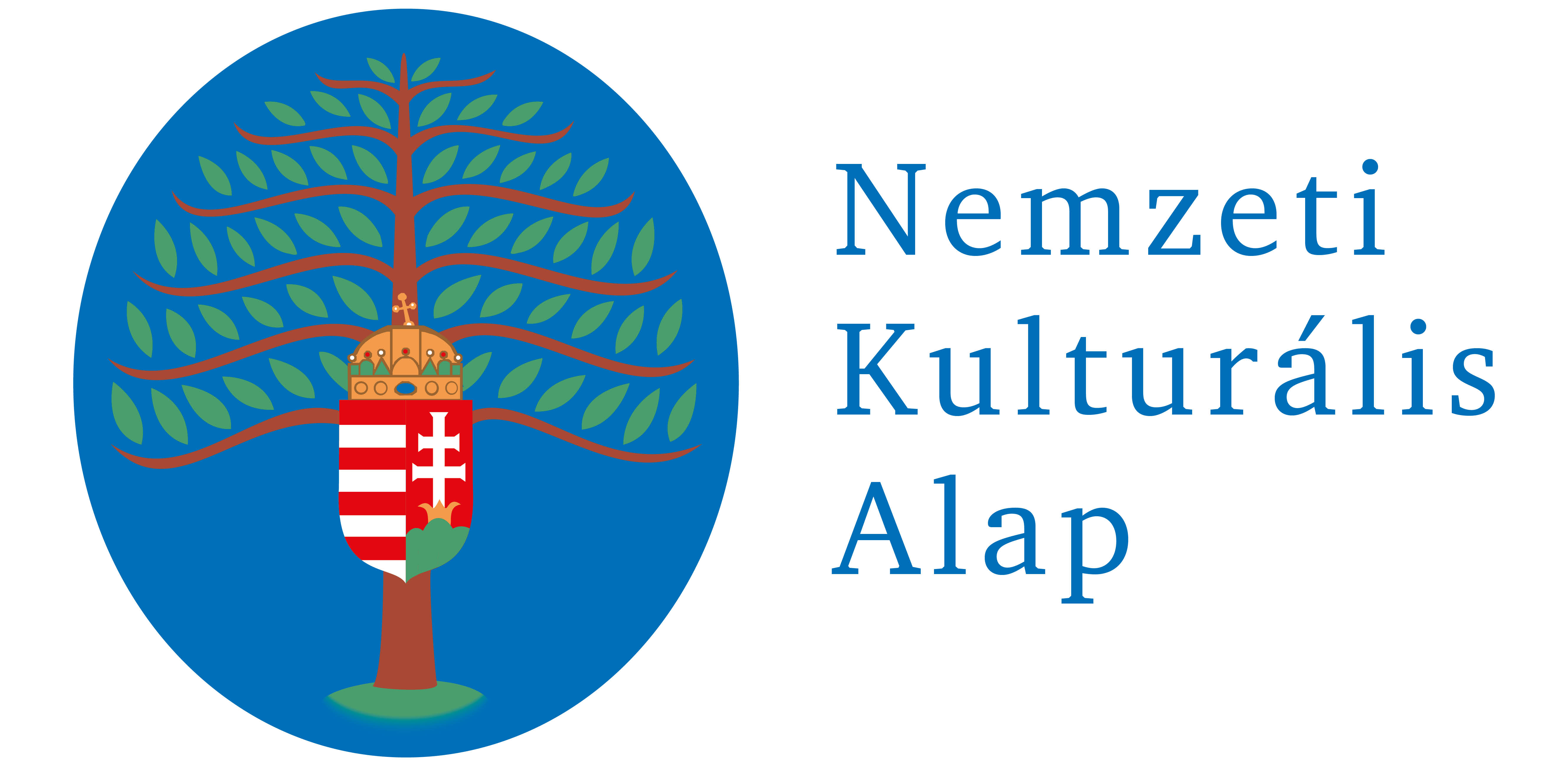Naptár
2024. április 15–19.
2024. április 20.
Eötvös József Kárpát-medencei középiskolai szónokverseny
2024. április 24. – május 3.
Tovább...
2. 2013.
Abstracts in English
Studies
Kozma, Krisztina
Early stages in sign language development of deaf and normally hearing children
According to scientific results, deaf children acquire sign language in the same rhythm and phase as normally hearing children acquire language. The first signs occur already before the age of one and early sign vocabulary develops fast in the first two years. This study investigates three situations of early sign language acquisition: deaf children with deaf parents, deaf children with normally hearing parents, and normally hearing children in families using sign language. The investigation particularly focuses on the first signs, their time of occurrence, structure, and the analysis of their components. Observations and recollections from parents help us learn about early sign language communication: how the mother calls the attention of the child, what hand shapes occur first, and how sign language use develops over time.
Neuberger, Tilda
Temporal properties in the spontaneous speech of children at the age of 6–14 years
This study shows the temporal properties in the spontaneous speech of children of various age groups (six-, seven-, nine-, eleven, and thirteen-year-olds): the occurrence and length of pauses in speech, the ratio of speech and pauses, and the speed of speech. According to the hypothesis of the research, the speech of children from a younger age group is less fluent and more discontinuous than of children of an older age. The spontaneous speech of seventy typically-developing children has been investigated. Results show that the continuity of speech depends on various interrelated factors. In the speech of older children, the fluency of speech without pauses is evoked by longer segments of speech, fewer shorter-filled or silent pauses, and faster speed of speech.
Workshop
F. Joó, Anikó
The investigation of reading attitude based on Mathewson’s model
The study aims to draw attention to the decreasing motivation for reading among youngsters all around the world and to the gender differences in reading performance. The results of international measures show that girls are better at reading than boys. This study investigates the relation between reading performance and reading attitude. It analyses attitude as an explanatory variable of performance. Mathewson’s model of reading attitude is introduced which aims at better understanding attitude by taking all its aspects into consideration and controlling all moderating factors. The model also helps to organize the development of attitude into a more conscious pedagogical activity and justifies the quantitative and qualitative research of reading attitude. Finally, the study shows how the model is directly applicable in teaching practices.
Csepregi, Márta
On a language family – with texts, images, and sound
This paper introduces the computer software „A bird’s eye view. Interactive material about the Finno-Ugric language family” available on the website of the Reguly Society since February 2013. With the help of this software, users learn about the Uralic (Finno-Ugric and Samoyedic) language family in a playful manner and can also ascertain the fact of the language relationship with the help of related words. The presentation is in three languages: besides Hungarian all information is available in Russian and English. The presentation is comprised of three parts. The first section provides information about the development of the Finno-Ugric language family, the geography of Uralic peoples, and population data. The second section offers a sample of related words presented in several Finno-Ugric languages. In the third section, a series of brief interviews introduces the departments of Finno-Ugric studies in Hungary and native speakers of the related languages living in Hungary. The paper offers various ideas for teachers to use the software for educational purposes in the classroom.














